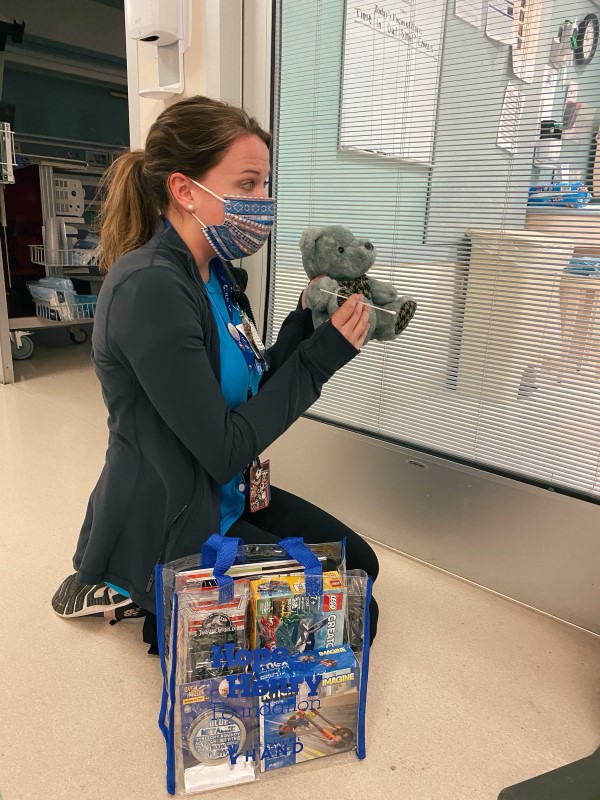Written by Shuyang Wang, Communications Coordinator of Literacy Council of Northern Virginia
The Literacy Council of Northern Virginia (LCNV), complying with social distancing policies during this evolving situation created by COVID-19, has replaced in-person classes with Distance Learning programs to continue providing basic English education to students, minimizing the disruption to their learning process. The classes have been reported to be “joyous times” that give both the instructors and students an opportunity to socialize and concentrate on something positive.
LCNV serves 1,500 adult learners annually throughout all of Northern Virginia with its mission to teach the basic skills of reading, writing, speaking, and understanding English so they can access employment and educational opportunities and more fully and equitably participate in the community. LCNV is one of only a few non-profit organizations in Northern Virginia that complies with federal education standards as it serves the most beginning-level adult learner, those that understand English at a 6th grade level or lower. Since April, LCNV has provided instruction tailored to students’ technological and time restrictions. Instruction is provided via various platforms:for students with internet and computer access, LCNV is offering virtual instruction in the form of live classrooms with teacher-led instruction, interaction, and whiteboard capabilities;for those with only cell phone and data access, LCNV offers distance learning instruction through Cell-Ed and USA Learns, two online learning apps approved by the Virginia Department of Education; for those that only have voice capabilities on their phone, instructors are scheduling sessions with students for one-to-one conversations to practice English. So far, a total of 21 classes are running for LCNV’s Beginning English, Family Learning and Destination Workforce programs. Over 75% of LCNV’s students that enrolled in January are benefiting from instruction, with the number increasing each day.
These outcomes could not have been achieved without LCNV’s dedicated force of 500 volunteers and devoted instructors, who called and helped the learner community to understand and set up online learning technologies one-on-one. “The LCNV team has been heartened to see incredible enthusiasm for our efforts to turn to distance learning by instructors, volunteers, and students,” says Roopal Saran, LCNV’s Executive Director, “Their desire to work hard to make sure instruction and learning is uninterrupted affirms that there is great value in continuing to offer English instruction at this unprecedented time.”
Based on the current situation, LCNV is also exploring future distance learning possibilities and optimizing various platforms. To support the expansion of class offerings, LCNV holds Professional Learning Communities (PLC) virtual sessions each week for teachers to discuss their classes, pain points, and successes. To support the learner community, LCNV also created a resource page on its website for those in need to navigate free learning resources, as well as community information on food banks, financial aid, healthcare and more.
Much is unknown at this time, but one thing we do know is that however hard the current situation is on community residents, it will be even harder on those with limited resources. Many of LCNV students are low income workers who are less likely to have sick leave, have options to telework, and to keep their social distance. They are the essential service workers preparing and delivering your meals, stocking the supermarket shelves, providing patient care, and cleaning up hospitals along with many more who will be out of work because their businesses have had to close. We cannot fully comprehend all the challenges that we will be facing in the coming year, but LCNV understands that the lives and well-being of learners are vastly impacted by their ability to read, write, speak and understand English, especially during this unconventional time.
The current semester has been extended from April 23 to June 30th at no additional cost to students. While the current sessions are for enrolled students, LCNV is working diligently to open registrations to the public starting in the Summer. For more information about upcoming sessions, please call LCNV at 703-237-0866.









